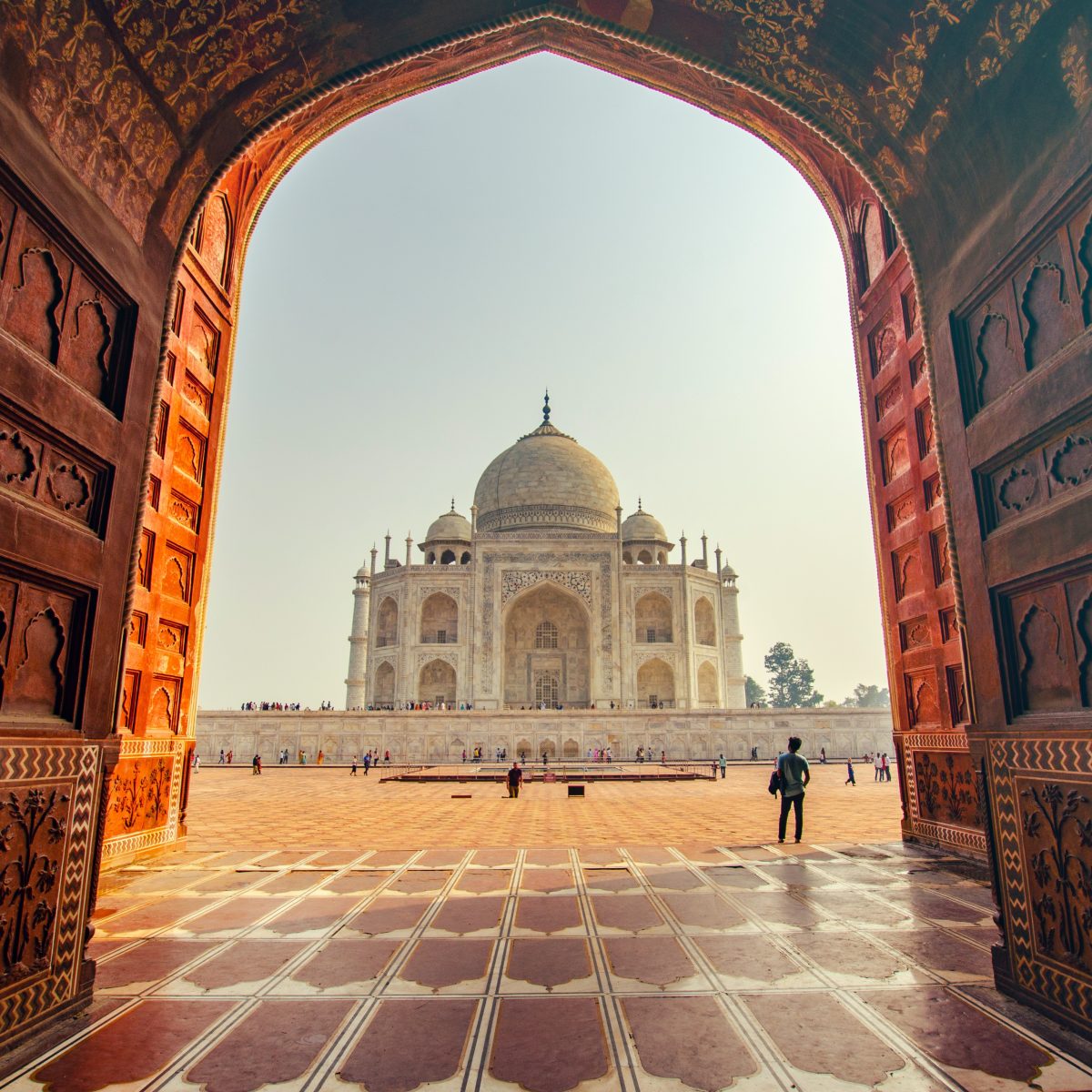Introduction to Indian cuisine
Get ready to embark on a culinary journey through the vibrant and flavorful cuisine of India. From spicy curries to sweet desserts, Indian food is a true delight for the taste buds, offering an explosion of flavors that will leave you craving more. Whether you are an adventurous foodie or simply looking to expand your palate, this guide will introduce you to the diverse regional specialties, traditional cooking methods, and popular spices that make up one of the world’s most beloved cuisines. So grab your fork (and maybe some naan) and let’s dive into The Culinary Delights of India: A Foodie’s Guide to Local Cuisine.
The different regions of India and their signature dishes
India is a diverse country with various regions, each having its own unique cuisine and flavors. From the spicy dishes of the South to the creamy curries of the North, Indian cuisine has something for everyone.
In Northern India, you’ll find signature dishes like butter chicken, chole bhature (spicy chickpeas with fried bread), and paneer tikka (grilled cottage cheese). These dishes are known for their rich gravies and aromatic spices that will tantalize your taste buds.
If you head towards Eastern India, you’ll come across popular dishes such as macher jhol (fish curry), luchi-aloor dum (deep-fried bread with potato curry) and mishti doi (sweet yogurt). The region’s food is influenced by Bengali cuisine which incorporates mustard oil in most of their cooking.
Central India boasts traditional vegetarian dishes such as dal baati churma (lentil soup with baked wheat rolls), poha (flattened rice cooked with vegetables) and bhutte ka kees (grated corn snack). The area’s cuisine features warm spices like cinnamon, cloves, cardamom among others.
Southern Indian food is famous for its spicy delicacies. You can enjoy dosa – crispy crepes made from fermented rice batter filled with savoury fillings or idli-sambhar – steamed lentil cakes served in sambar sauce. Southern Indian cuisines incorporate coconut milk, tamarind juice along with an array of regional spices making it one of the most flavourful culinary experiences in India.
Each region offers a different blend of aromas and tastes that makes it hard to choose what to eat first! So next time you’re exploring different parts of India don’t forget to try out these signature dishes from each region.
The most popular Indian spices and ingredients
Indian cuisine is known for its rich and diverse use of spices and ingredients. From the fiery heat of chili peppers to the aromatic sweetness of cardamom, Indian dishes are packed with bold flavors that tantalize taste buds.
One of the most commonly used spices in Indian cooking is cumin. It adds an earthy warmth to many dishes such as curries, soups, and stews. Turmeric is another popular spice that gives a bright yellow hue to food while adding a slightly bitter flavor.
Ginger is also widely used in Indian cuisine for its subtle spiciness and zesty aroma. It can be found in both sweet and savory dishes, from chai tea to biryanis.
Coriander seeds are often ground into a powder or used whole in many recipes, providing a citrusy undertone to curries or chutneys. Meanwhile, fenugreek leaves (also known as methi) lend their distinctively sweet fragrance and nutty flavor.
Other important ingredients include ghee (clarified butter), mustard seeds, curry leaves, coconut milk among others. Together these elements create incredible depth and complexity in every dish served up across India’s diverse regions.
Whether you’re trying your hand at cooking up some classic regional fare yourself or enjoying it at one of the many excellent restaurants throughout America specializing in Indian cuisine – there’s no denying just how essential these spices are when it comes to capturing authentic flavors!
Traditional cooking methods
Indian cuisine is not just about the ingredients and spices used in preparing a dish, but also the traditional cooking methods. These methods have been passed on from generation to generation and are still widely practiced today.
One of the most popular traditional cooking methods is tandoori cooking, which involves marinating meat or vegetables in yogurt and spices and then roasting them in a clay oven called a tandoor. This method originated in northern India and has now become popular all over the world.
Another common way of cooking Indian food is through tempering or tadka. This technique involves heating oil or ghee, adding whole spices to it until they release their aroma before sautéing onions, garlic, ginger or other aromatics. The tempered mixture is then added to curries, dals (lentils) or rice dishes for enhanced flavor.
Pressure cookers have also become an essential part of Indian kitchens due to their ability to speed up the cooking process while retaining the flavors of each ingredient. They are commonly used for making stews, biryanis (spiced rice dishes) and lentil soups like dal makhani.
Slow-cooking techniques like dum pukht involve sealing marinated meat with dough inside a pot before slow-cooking it over low heat for hours on end. The result is tender meat that falls off the bone along with intense flavors infused into every bite.
These traditional Indian cooking methods may take time and effort but they are worth it as they create one-of-a-kind culinary experiences that will leave your taste buds wanting more!
Popular Indian restaurants in the US
From New York to San Francisco, Indian cuisine has made its mark in the US food scene with a wide range of restaurants serving traditional and modern twists on classic dishes. Some of the most popular Indian restaurants in the country include Junoon and Adda in New York City, Badmaash in Los Angeles, Rooh in San Francisco, and Chai Pani in Atlanta.
Whether you’re a seasoned fan of Indian cuisine or just starting to explore its culinary delights, there’s no shortage of options available for any taste buds. So why not embark on a flavorful journey through India’s diverse regions without leaving your hometown? With so many delicious dishes waiting to be discovered, it’s time to indulge yourself and experience this incredible cuisine firsthand.





